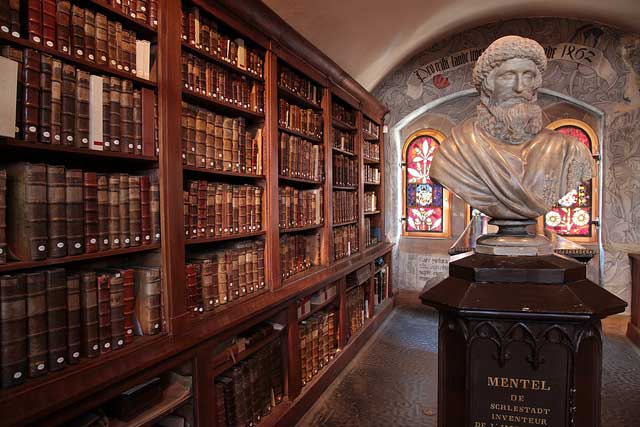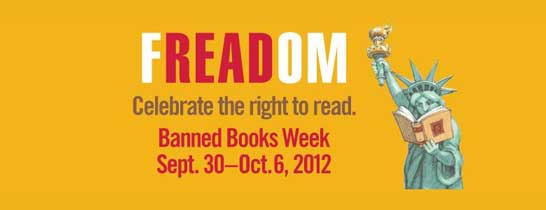The world’s third largest wind farm just started spinning its turbines in Oregon. Covering more than a thousand acres the 338 wind turbines will create 845 megawatts of clean energy. All of that will be sent down to California for 20 years as part of an agreement with Southern California Edison – who is in need of clean energy to comply with state energy standards, 33% clean energy by 2020.
The name of the project is Caithness Shepherds Flat and it cost $1.9 billion. During construction the project employed more than 400 workers and 45 of those will become permanent full-time positions.
The wind farm will create enough energy to power 235,000 homes. Adding to the growing number of homes powered through clean energy. Recently, wind power in the United States passed the 50 gigawatt milestone, and this project should put that at 51 gigawatts.
A substantial achievement but we still have a long way to go, the United States uses 3,900,000 gigawatts of energy.
More information:
- Caithness Shepherds Flat Press Release
- Sustainable Business Oregon
- Itochu (construction company) Announces Full Operation
- Green Tech Media – funding concerns
Continue reading “Massive wind farm comes online in Oregon – 845 megawatts of clean wind energy”


